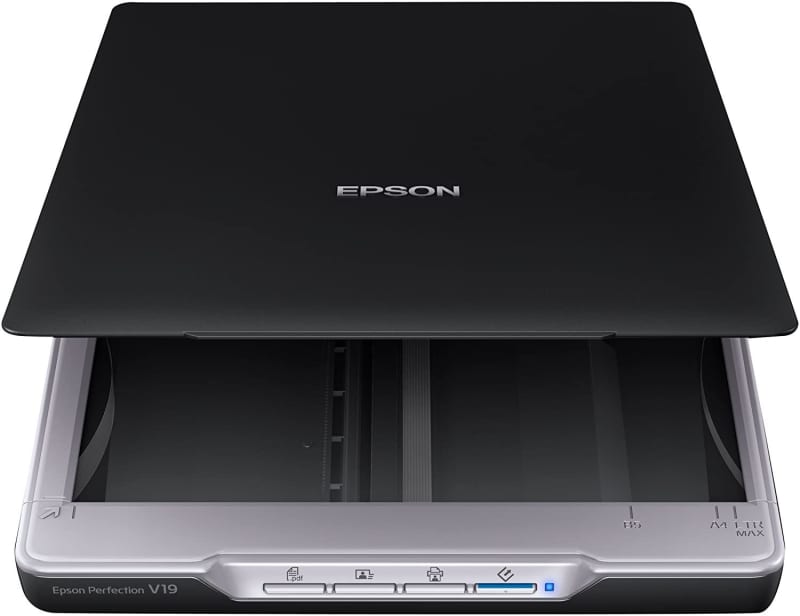The Original Slideshow Co. Blog Presents
How To Scan Your Pictures And Get The Best Photo Quality For Your Slideshow
A picture is worth a thousand words. It's a total cliché but what it means is this - A picture tells a story. One photo can convey expression, emotion, character.
It can bring a flood of memories and affect other sensors such as smell and taste. A picture is powerful.
When photos are combined with music and movement, the emotional impact becomes even more powerful than the music or the image alone. That's what a slideshow does.
Purchasing a scanner
Scanning your photos can easily be done at home and there is no reason to go and buy an expensive scanner for your slideshow. You can get a quality scanner from Amazon for around $70 such as the Epson Perfection V19 Color Photo & Document Scanner or the Canon CanoScan Lide 300 Scanner. Both are inexpensive good quality flatbed scanners.

